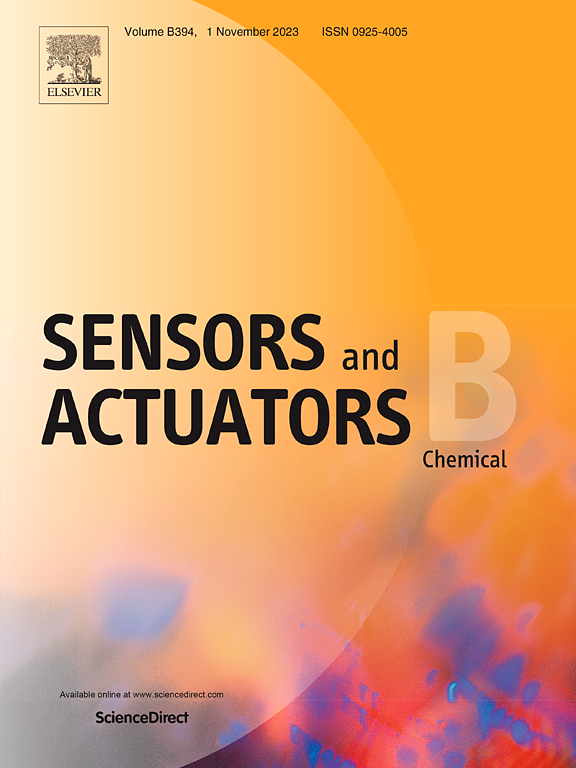Fluorescence sensing system for detecting TNT explosives based on capillary microchannels
IF 8
1区 化学
Q1 CHEMISTRY, ANALYTICAL
引用次数: 0
Abstract
Detecting explosives is crucial for ensuring global public safety, enhancing counter-terrorism measures, and safeguarding the environment. Traditional detection methods struggle in high-traffic areas like airports and train stations, where portable systems must quickly and accurately detect targets amid dense crowds and strict security demands. Fluorescent film-based sensing technologies offer a promising solution in detecting trace explosive vapors. However, gas-phase detection with fluorescent films faces challenges in achieving stable and controllable detection due to the multi-step process involved, such as film preparation, gas transport, and optoelectronic conversion. In this study, we introduce an integrated film-based fluorescent sensor system that employs a microchannel structure to detect TNT vapor. Fluorescent microchannels are created by spin-coating a modified polystyrene polymer within a glass capillary tube. A sample collection module employing nylon test paper collects TNT samples, which are then heated within a compact gasification chamber before detection. The fluorescent microchannels are excited by ultraviolet light, and the emitted signals are detected perpendicularly to the excitation source. The optical and gas flow paths are arranged orthogonally, contributing to the system's portability and stability. The film-based sensor exhibits high sensitivity, with a detection limit of 0.01 ng/μL (liquid-phase), corresponding to a gas-phase concentration of approximately 1.2 ppb. The system achieves a rapid signal response time within 3 seconds and completes the detection process in under 60 seconds, while maintaining high selectivity and reusability.

基于毛细管微通道的TNT炸药荧光传感系统
探测爆炸物对于确保全球公共安全、加强反恐措施和保护环境至关重要。传统的探测方法在机场和火车站这样的高流量区域表现不佳,便携式系统必须在密集人群和严格的安全要求中快速准确地探测目标。基于荧光膜的传感技术为检测痕量爆炸性气体提供了一种很有前途的解决方案。然而,由于涉及到薄膜制备、气体输运、光电转换等多步骤过程,荧光膜气相检测在实现稳定可控检测方面面临挑战。在这项研究中,我们介绍了一种集成薄膜荧光传感器系统,该系统采用微通道结构来检测TNT蒸汽。荧光微通道是通过在玻璃毛细管内自旋涂覆改性聚苯乙烯聚合物而产生的。采用尼龙试纸的样品收集模块收集TNT样品,然后在检测前在紧凑的气化室中加热。荧光微通道由紫外光激发,发射信号垂直于激发源检测。光路和气路垂直排列,有助于系统的可移植性和稳定性。薄膜传感器具有较高的灵敏度,检测限为0.01 ng/μL(液相),对应气相浓度约为1.2 ppb。该系统在3秒内实现了快速的信号响应时间,在60秒内完成了检测过程,同时保持了高选择性和可重用性。
本文章由计算机程序翻译,如有差异,请以英文原文为准。
求助全文
约1分钟内获得全文
求助全文
来源期刊

Sensors and Actuators B: Chemical
工程技术-电化学
CiteScore
14.60
自引率
11.90%
发文量
1776
审稿时长
3.2 months
期刊介绍:
Sensors & Actuators, B: Chemical is an international journal focused on the research and development of chemical transducers. It covers chemical sensors and biosensors, chemical actuators, and analytical microsystems. The journal is interdisciplinary, aiming to publish original works showcasing substantial advancements beyond the current state of the art in these fields, with practical applicability to solving meaningful analytical problems. Review articles are accepted by invitation from an Editor of the journal.
 求助内容:
求助内容: 应助结果提醒方式:
应助结果提醒方式:


